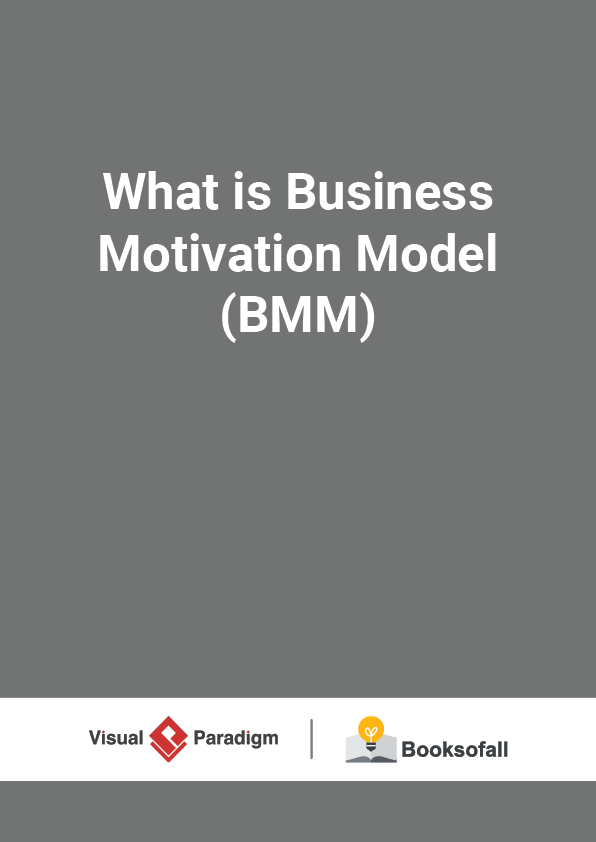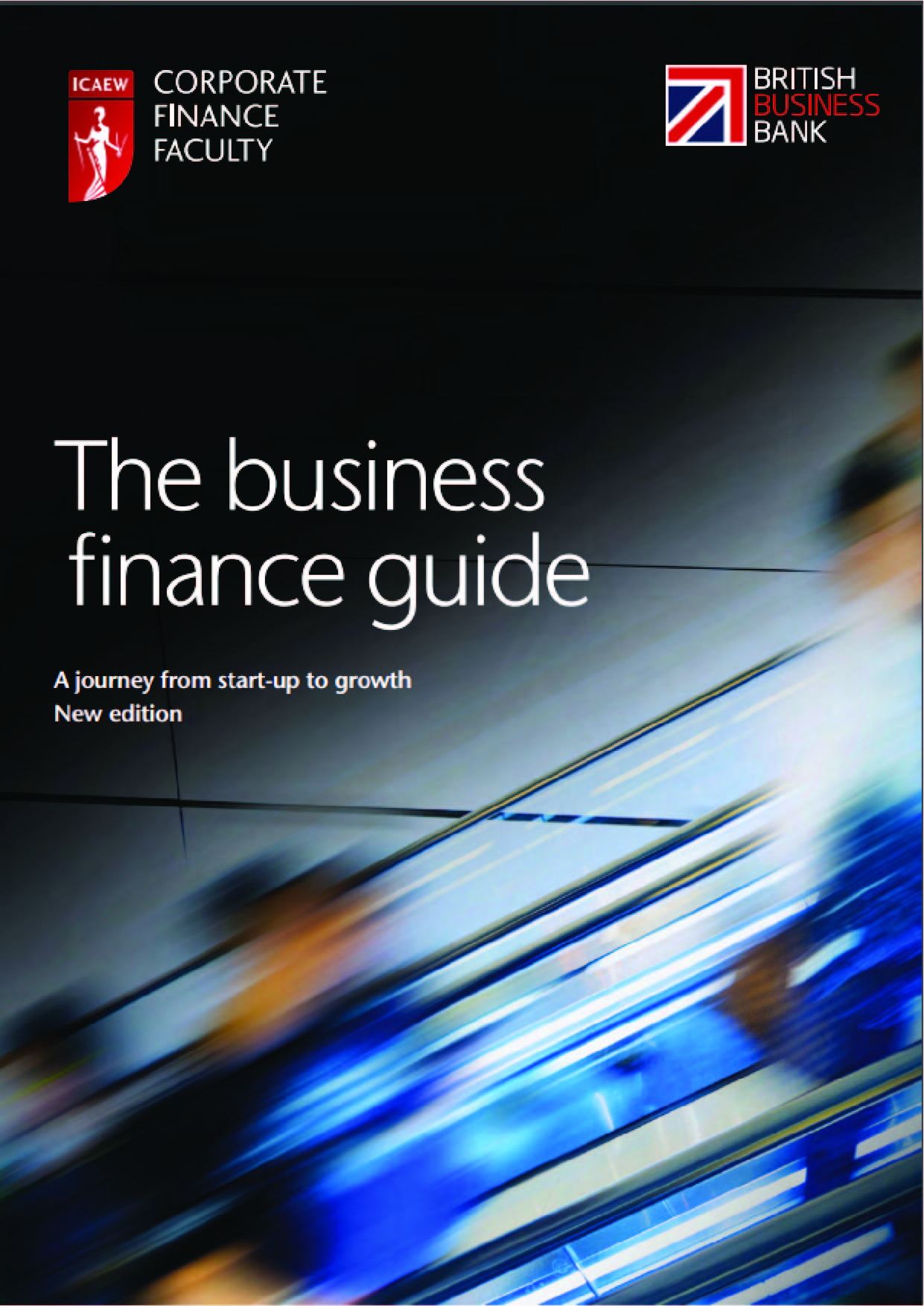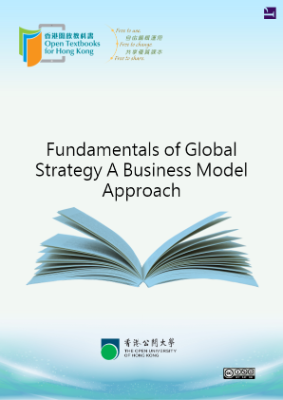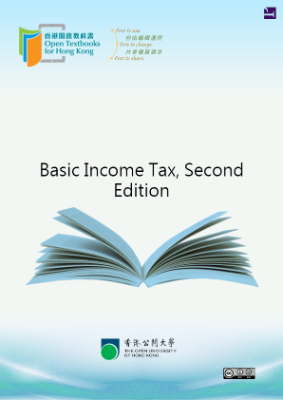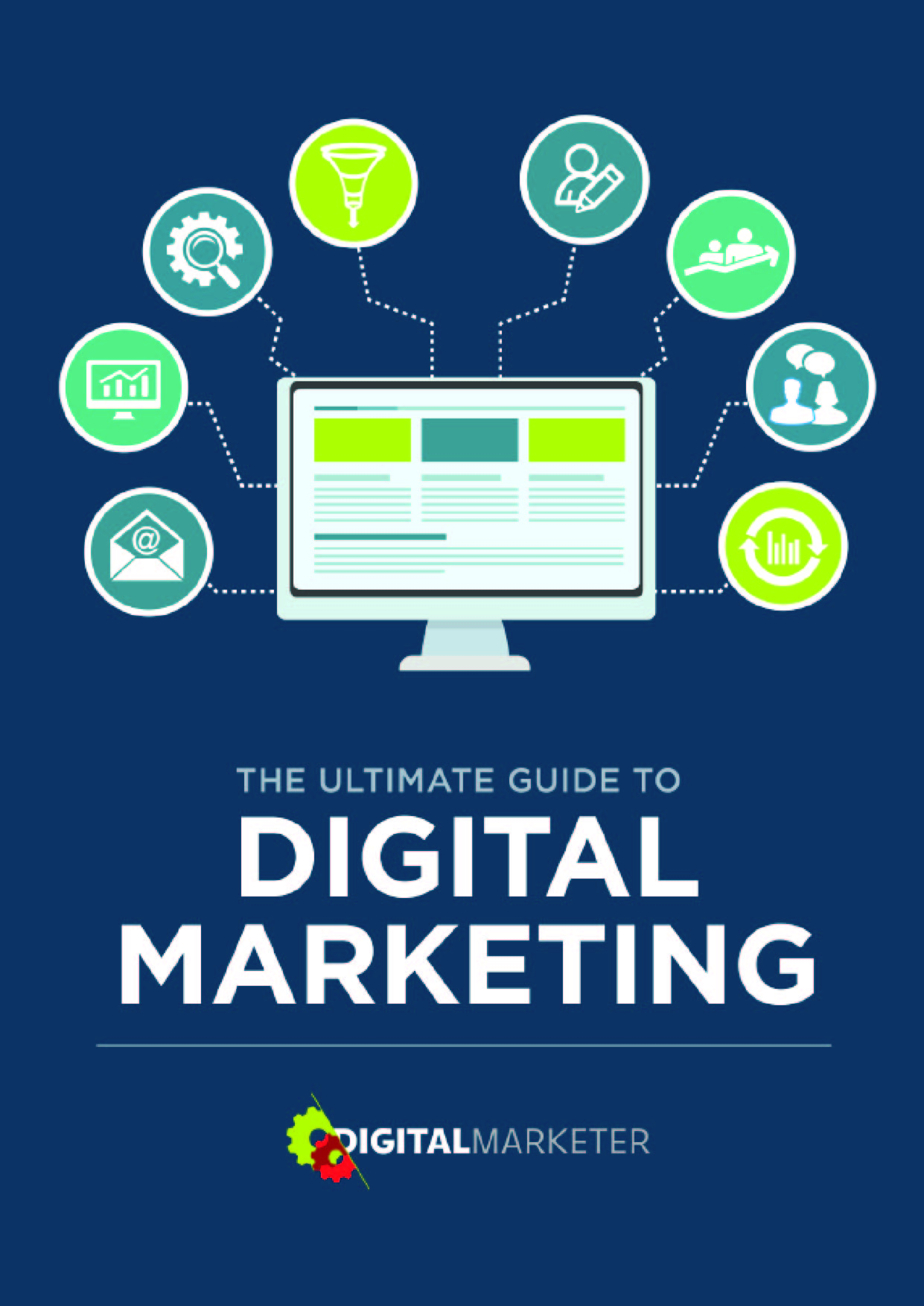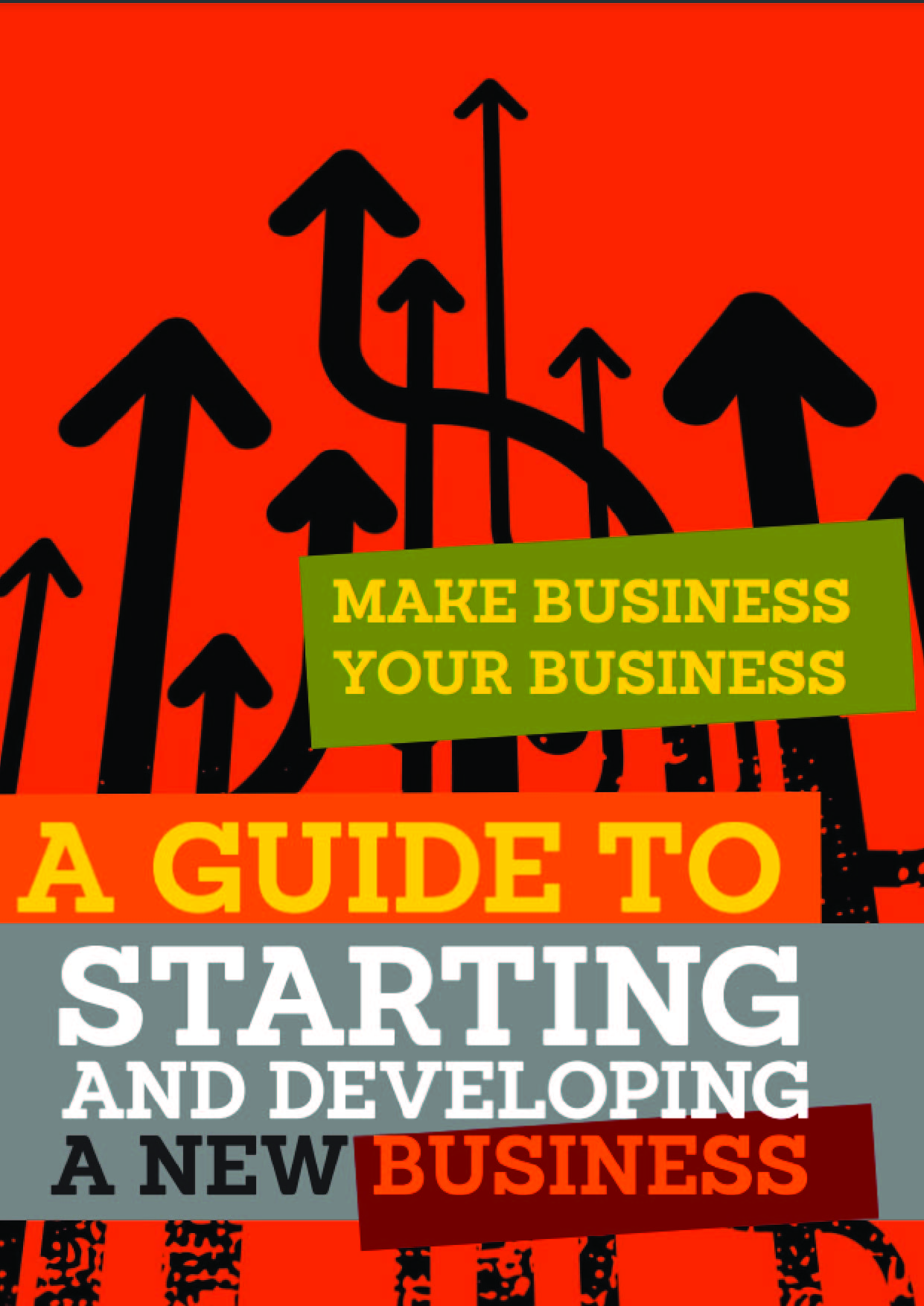What is Business Motivation Model (BMM)?
7-9 minutes
If an enterprise prescribes a certain approach for its business activity, it ought to be able to say why and what result(s) is the approach meant to achieve. The Business Motivation Model (BMM) is an OMG modeling notation for support of business decisions about how to react to a changing world. An enterprise would use it by acquiring a BMM modeling tool and then creating its own BMM – populating the model with business information specific to the enterprise. There are two broad purposes:
- To capture decisions about reaction to change and the rationale for making them, with the intent of making them shareable, increasing clarity and improving decision-making by learning from experience.
- To reference the outcomes of the decisions to their effect on the operational business(e.g. changes made to business processes and organization responsibilities),providing traceability from influencer to operational change.
The specification assumes that an enterprise BMM will stand alone, connected to the relevant parts of the operational business by ‘placeholders’ – text references1 , which might include URIs.
History of BMM
November 2000: The Business Rules Group (BRG) published “Organizing Business Plans: The Standard Model for Business Rule Motivation” Used in practice since publication, with varying levels of support in tools
- 2004: BRG invited by Object Management Group (OMG) to submit for “Request for Comment” process (adoption as existing de-facto standard)
- January 2005: BRG Version 1.1 of the model published as “The Business Motivation Model” (BMM)
- September 2005: BRG Version 1.2 of the model published
- Dec 2005: BMM accepted by the OMG for RFC
- June 2007: completion of finalization for publication by OMG for general use
- September 2007: BRG Version 1.3 of the model published
- August 2008: formal publication by OMG of Version 1.0
- December 2008: completion of first revision -BMM 1.1
Core Concepts
The BMM provides support in four areas, as illustrated in the diagram below:
Scope
The scope of an enterprise BMM may be the entire enterprise, or an organization unit within it. Higher-level organization units may appear to lower level units as influencing organizations, outside the ‘enterprise’ boundary, and their directives may have the status of regulations. An enterprise BMM does not have to represent the entire enterprise. A stakeholder can create a BMM of a partial view, referencing only those parts of the business that are relevant to his/her responsibilities and decision-making authority.
Ends
Ends define what an enterprise wants to be – the states it desires to be in. There are three levels:
- Vision (optional): an easily-understood summary of what the enterprise considers itself to be, or aspires to be. All objectives and goals should support (or, at least, not contradict) the vision.
- Desired Results:
- Goal: an enterprise state or condition to be maintained or approached in the medium to long term, e.g. “To be one of the top three suppliers (by turnover) in our market”.
- Objective: a measurable, time-targeted step towards one or more goals, e.g. “To increase year-on-year turnover by 2% in the current financial year”. Required or expected values of key performance indicators are recorded as objectives, although not all objectives are based on key performance indicators.
